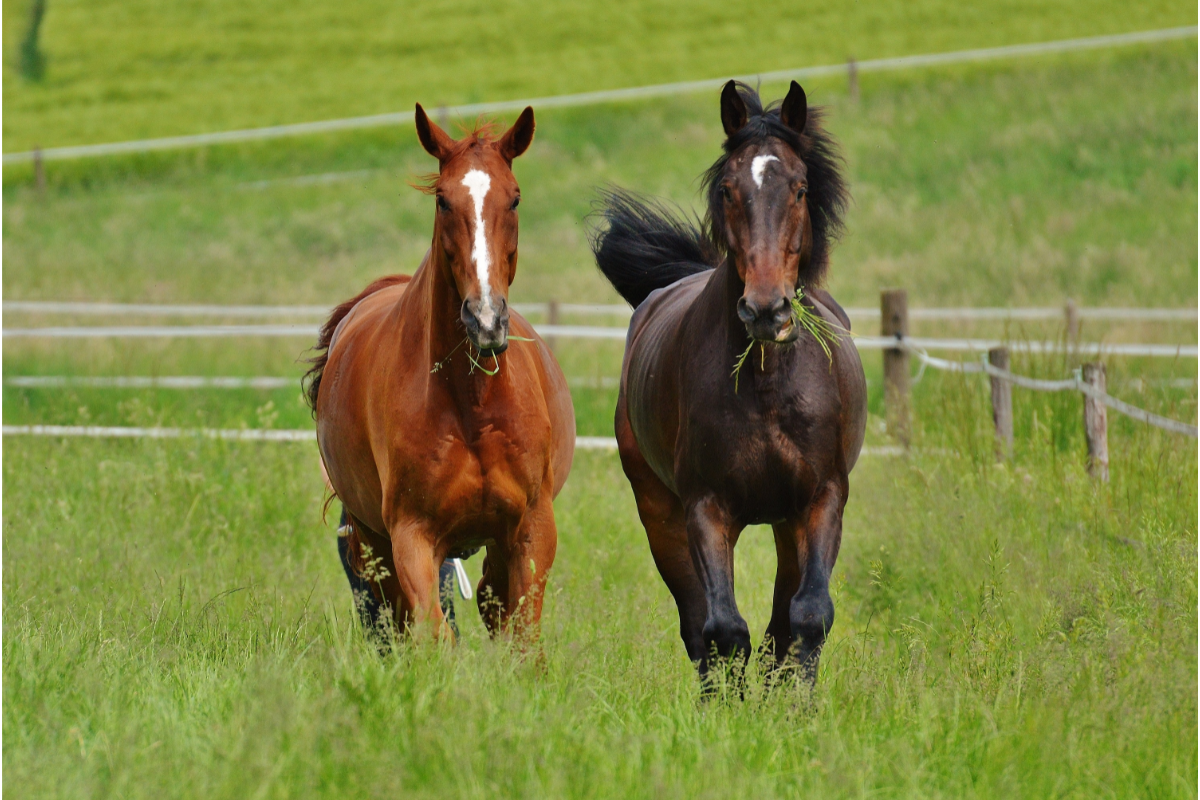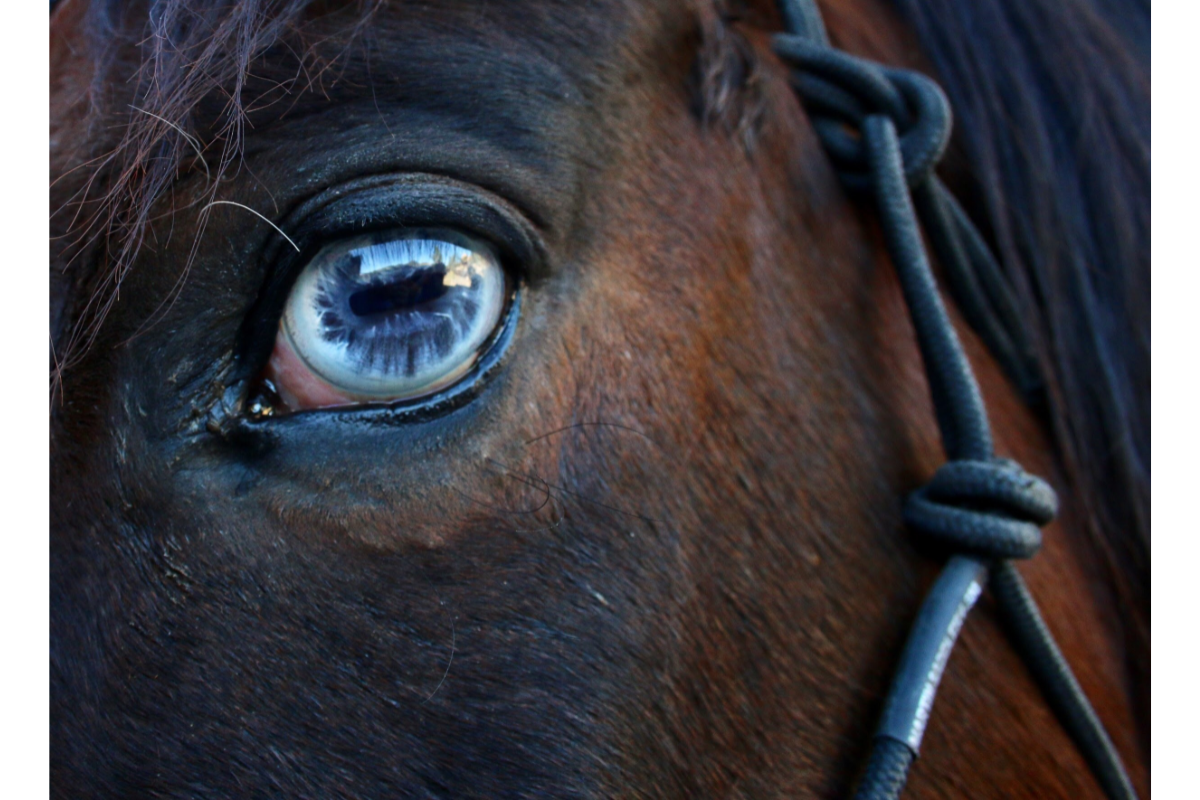Thermoregulation in horses: a mechanism for thermal balance
Thermoregulation is an essential physiological process that enables living organisms to maintain their body temperature within an optimal range despite environmental variations. In the horse, a homeothermic animal, this mechanism is particularly sophisticated because of its large body mass, intense muscular activity and high-performance metabolic system. Heat dissipation relies on key processes such as sweating, … Read more



















